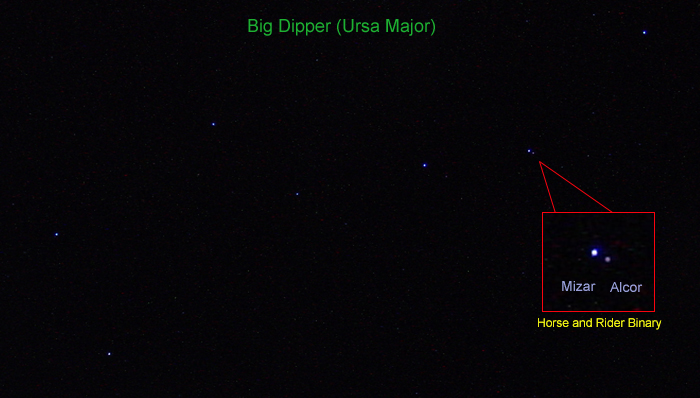There was once a king, Muchukunda by name. He approached Sage Vashishtar to advise him on the importance and methods of observing some Vratam / Fasting by which he could gain personal success, peace and prosperity. Vashishtar indicated the Vratams of Lord Murugan and detailed their significances.
- One of them is the Vratam observed on every Friday. By observing this Vratam of Friday for 3 years, Bhagiratha overcame his enemy Gora. On Friday, after a clean bath, one should do Pujai and Archanai for the Lord with extreme devotion. He who does this is bound to achieve success in all his undertakings.
- Another Vratam is the Karthikai Vratam. On every Karthikai (3rd constellation of the 27 stars) day, this Vratam is to be observed with faith and devotion, and with external purification by a bath, before the Puja, etc. This Vratam was observed by Naradar Rishi as per the advice of Lord Ganesa. After a period of 12 years, Naradar gained his ambition, viz., the supreme position among the great Sapta Rishis.
- The most important of all the Vratams of Lord Murugan is the Skanda Shashthi Vratam. It is to be commenced on the Prathama Tithi (the day immediately following Deepavali) of the Sukla Paksham (bright fortnight) in the month of Aippasi (October-November). A complete fast should be observed and the devotee should engage himself solely in the Pujai of the Lord, in reading and learning of the glories of Lord Murugan, Bhajan, meditation, etc. If fasting for six days continuously is likely to prove too much of a strain, he may have one meal per day and fast completely on the last day, i.e. the Shashthi Day. This is the day to commemorate the victory of Lord Murugan over the Asuran king, Surapadman. Persons who observe this Vratam achieve success in all their undertakings and in the end attain Liberation.
Having thus heard all about the Vratams and their importance, king Muchukunda took leave of Sage Vashishtar. With faith and sincerity he observed them and had Darshan of Lord Murugan who blessed His devotee with peace, plenty, prosperity and Kaivalya Moksham.
Rishi Vashishtar
Vashishtar is one of the Saptarishis (Seven Great Sages Rishi) in the seventh, i.e. Vashishtar is a manasputra of God Brahma. He had in his possession the divine cow Kamadhenu, and Nandini her child, who could grant anything to their owners. Arundhati is the name of the wife of Vashishtar. Arunthati is the elder sister for Karthigai six damsels (Pleiadean Stars). Lord Murugan was raised by six Karthigai damsels.
Arundhati and Vashishtar pair of stars
In traditional Indian astronomy, pair of Alcor and Mizar in constellation Ursa Major is known as Vashishtar and Arundhati. Mizar is known as Vashishtar and Alcor is known as Arundhati in traditional Indian astronomy. The pair is considered to symbolize marriage (Vashishtar and Arundhati were a married couple) and, in some Hindu communities particularly at South India, priests conducting a wedding ceremony allude to or point out the constellation as a symbol of the closeness marriage brings to a couple ( both stars will circumbulate each other which is unique; just imagine that our ancient Siddhas has discovered these without using any telescope and thought us to observe in our marriage ritual for our well being ).

Have you seen the Pole Star? If you observe keenly you can see it at night in the northern part of the sky shining bright always. Below the Pole Star you will find a group of stars i n the shape of inverted English letters as shown here-u). They are seven in number and are called ‘Saptarishi Mandala’ or the Great Bear,a constellation. The seven saints after whom they are named are: Marichi, Atri, Angiras, Pulastya, Pulaha, Kratu and Vashishtar.
May Lord Murugan grant you strength to observe such fasting and may you all be the fortunate recipients of His Blessings to Claim your legacy in Angelic Kingdom / Celestial World as Gods and Goddesses!
Hmmm Saravanabava ..... Velum Mayilum Thunai .......
- Vijayakumar Alagappan




No comments:
Post a Comment